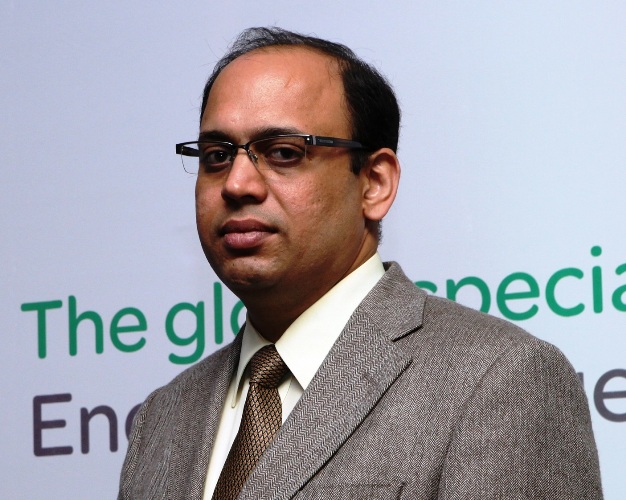The recent technology trends shows that big data and the Internet Of Things (IoT) promises to improve the level of information but they have an under-appreciated downside to them as it adds energy consumption in data centers.
For the big data to be of use effectively, it needs to be processed and analysed, and all that “crunching” of data is going to take place in data centers. The resulting challenge is that unless data centers become more energy efficient and flexible, the big data trend is going to carry with it unnecessary energy burn, some of it from electricity generated from fossil fuels. Big data has great potential, but we need to avoid any corresponding increase in energy waste.
According to the recent estimates from Gartner, the global information and communications technology (ICT) industry already accounts for about 2 percent of global carbon dioxide (CO2) emissions. Looking just at data centers, Gartner estimates that energy accounts for 12 percent of all data center costs, and is the fastest rising cost.
If all the energy used by data centers actually went into calculation, there would be very high efficiency in the energy spent, but that is not the case. The ratio which indicates how much energy gets applied to computing tasks and information technology (IT) assets are measured by the power usage effectiveness (PUE) ratio. An ideal PUE—one where all the energy was applied to computing tasks—would be 1.0. Studies on the average PUE of data centers have varied, but we know that despite well publicized PUEs at a few data centers of barely above 1.0, the average is likely closer to 1.8, meaning that there is considerable room for improvement in data center energy efficiency.
With government looking to accelerate the usage of big data, the need for better data center efficiency will increase. Virtualization has emerged as a way to grasp more utilization from server hardware, but aside from virtualization, one of the best ways to improve data center efficiency is to reduce the energy consumed by power, cooling, and lighting infrastructure.
Today with the advent of new age solutions, it is possible to help make data centers much more energy efficient. To create a proficient Data centers, the base needs to start right from planning and designing, so that it pushes power usages effectiveness (PUE) down close to 1.0. But there are also existing data centers, which through evaluation and a life cycle approach to data center services, can become much more efficient and can help meet part of the demands brought on by big data.
Energy Efficiency provides customers with detailed insights into the energy usage of their data centers and supporting facilities, aiding in energy efficiency analysis improving the cost of running the data center.
Major features of Data Center Operation: Energy Efficiency includes:
- Current and historical Power Usage Effectiveness (PUE) values – enabling a fact-based understanding of how much power is devoted to driving the installed IT-equipment compared with the total facility consumption.
- Detailed energy insight – providing information into how effectively energy is utilized down to subsystem level, as well as an understanding of how to improve energy efficiency and power conservation.
- Web-based dashboard – includes efficiency data on current and historical PUE, as well as detailed subsystem cost analysis for easy sharing with key stakeholders and through web pages.
There also is the need to think about methods of continuous improvement for making data centres greener, and new approaches to making data centers more energy efficient by using data science and predictive analytics. With energy management being a key consideration for data centers, the need for integration between intelligent physical infrastructure management and existing enterprise management systems portraying the full usage of power is intensifying. Integration with the equipment, devices and systems in the data center can offer a single pane view of the entire infrastructure.
We know that new approaches and services are needed to ensure that the market has data centers which are large enough, flexible enough, scalable, and energy efficient enough to cope with the coming demands of big data. Relying on the same techniques as in the past and hitting merely average levels of energy efficiency is not an attractive option when you consider the rapid growth in big data.
While it’s hard to pin point the size of the coming big data explosion, a recent IDC forecast predicts that big data technology and services will grow at a 27 percent compound annual growth rate through 2017, or about six times faster than the overall ICT market. It’s time we prepare ourselves to work towards addressing data center energy efficiency otherwise with the increasing growth curve for big data is going to mean sustainability hit for the environment.
Amod Ranade
General Manager, Datacenter Business Development, Schneider Electric IT BU
editor@greentechlead.com

